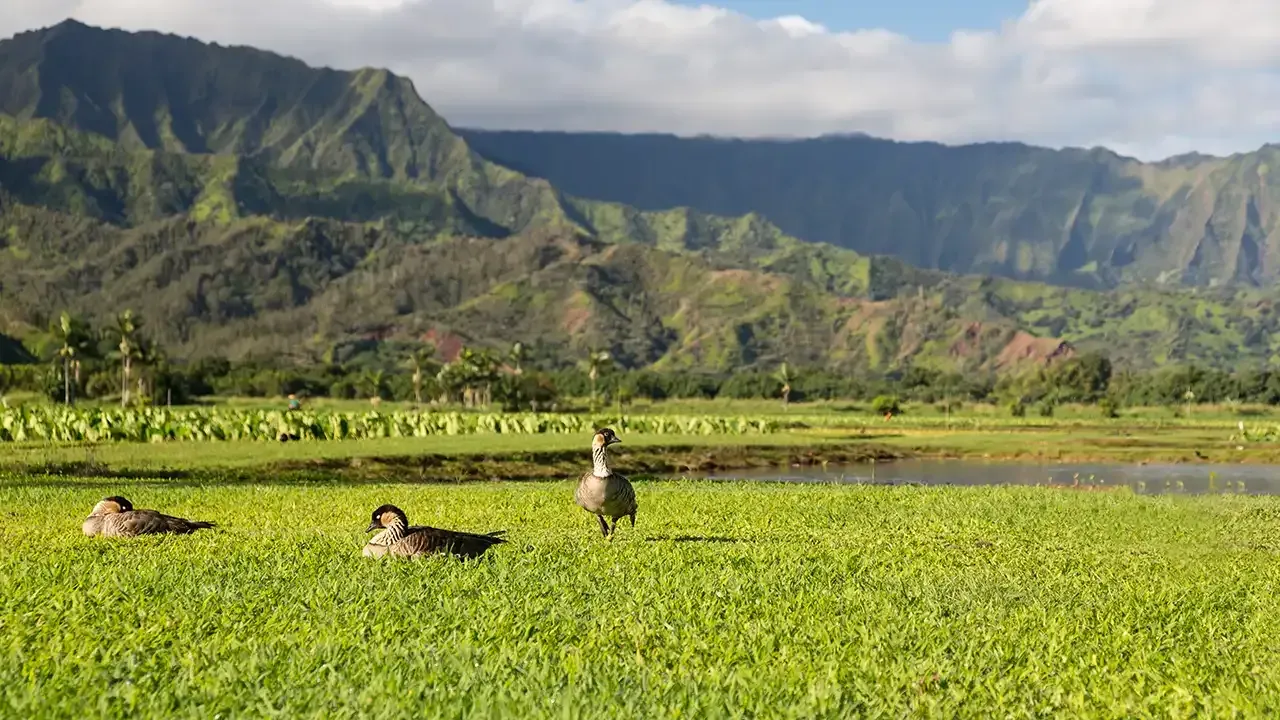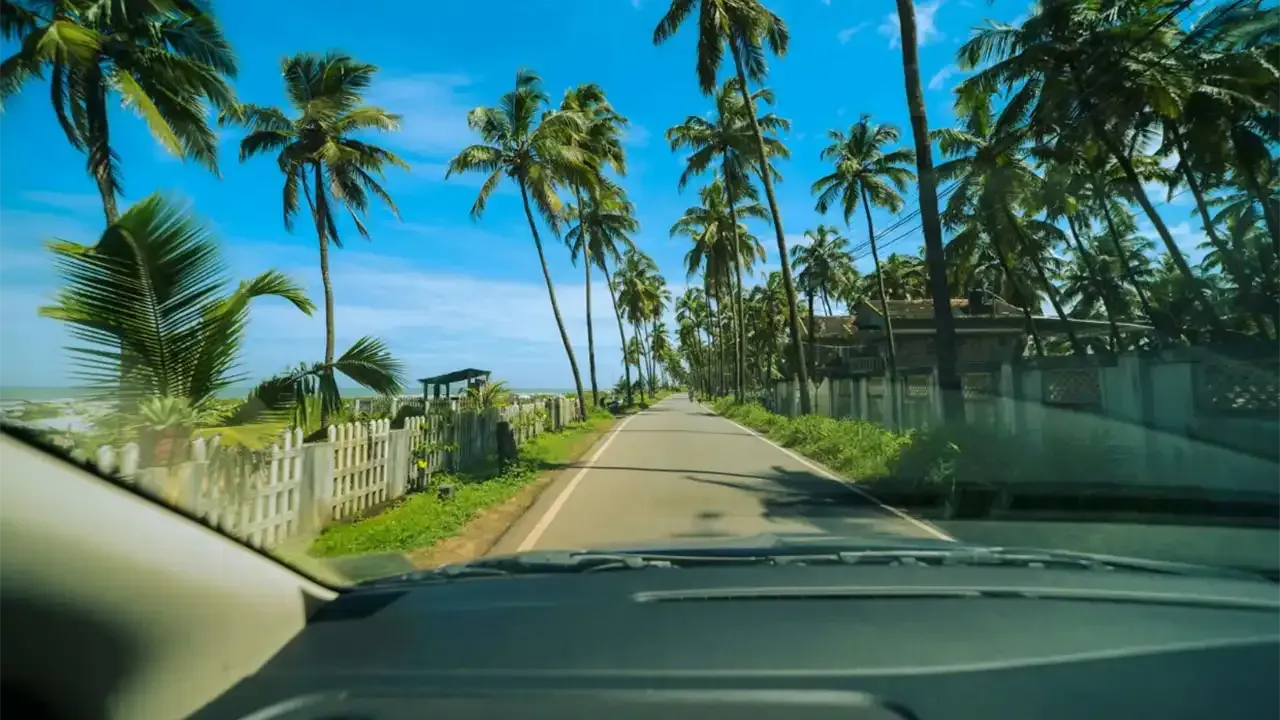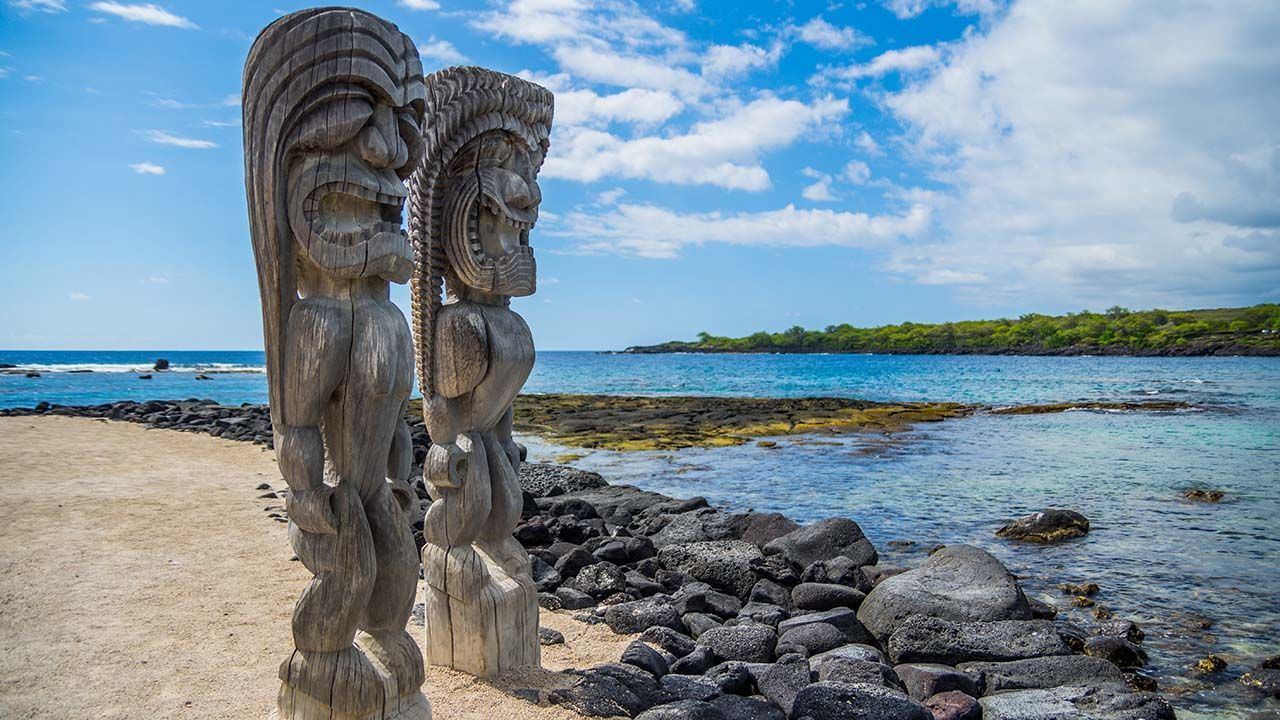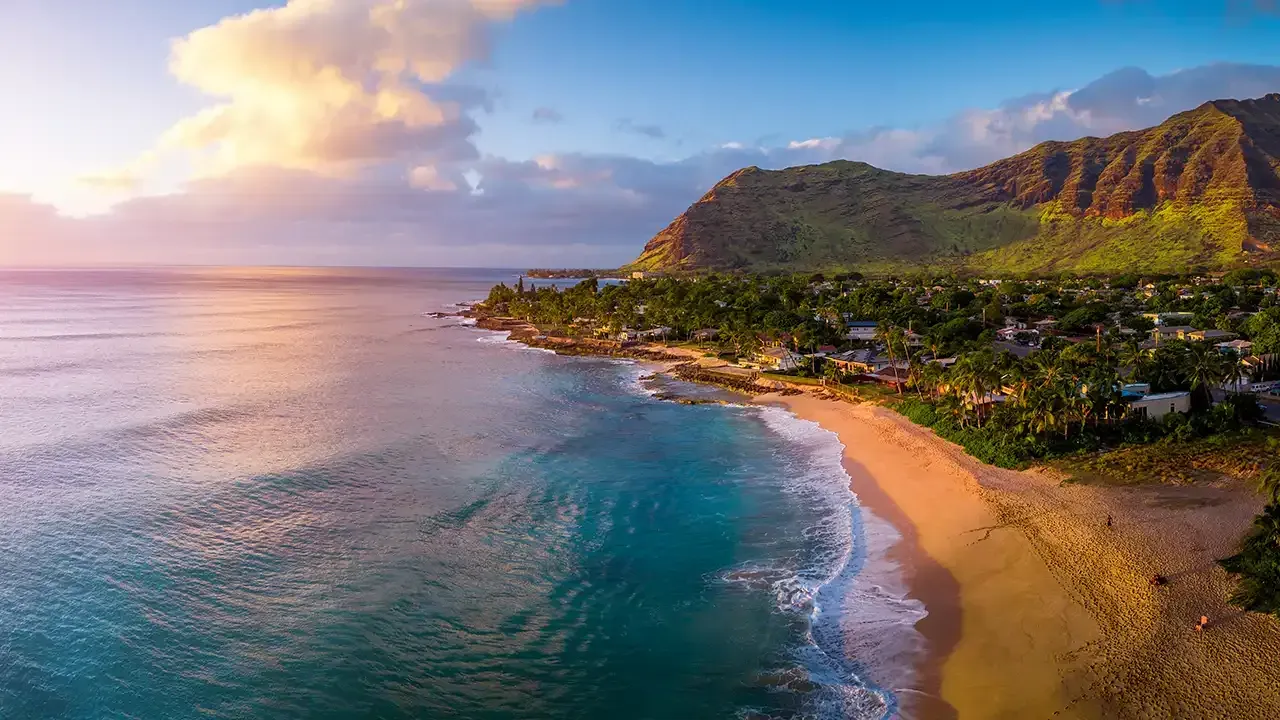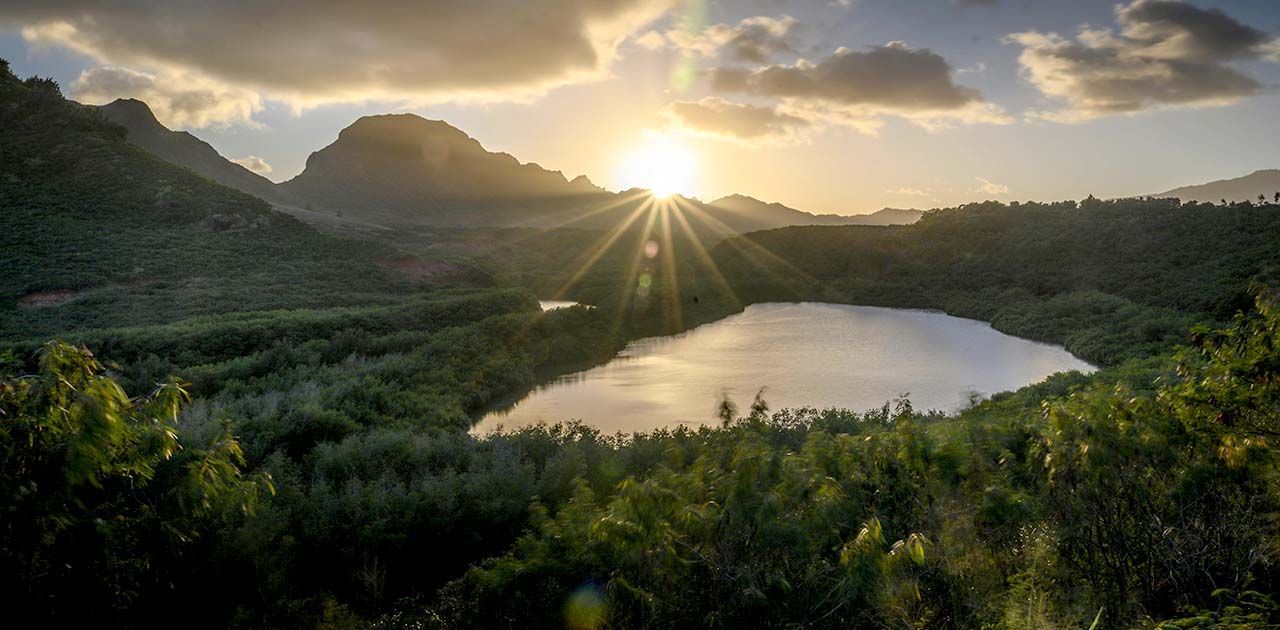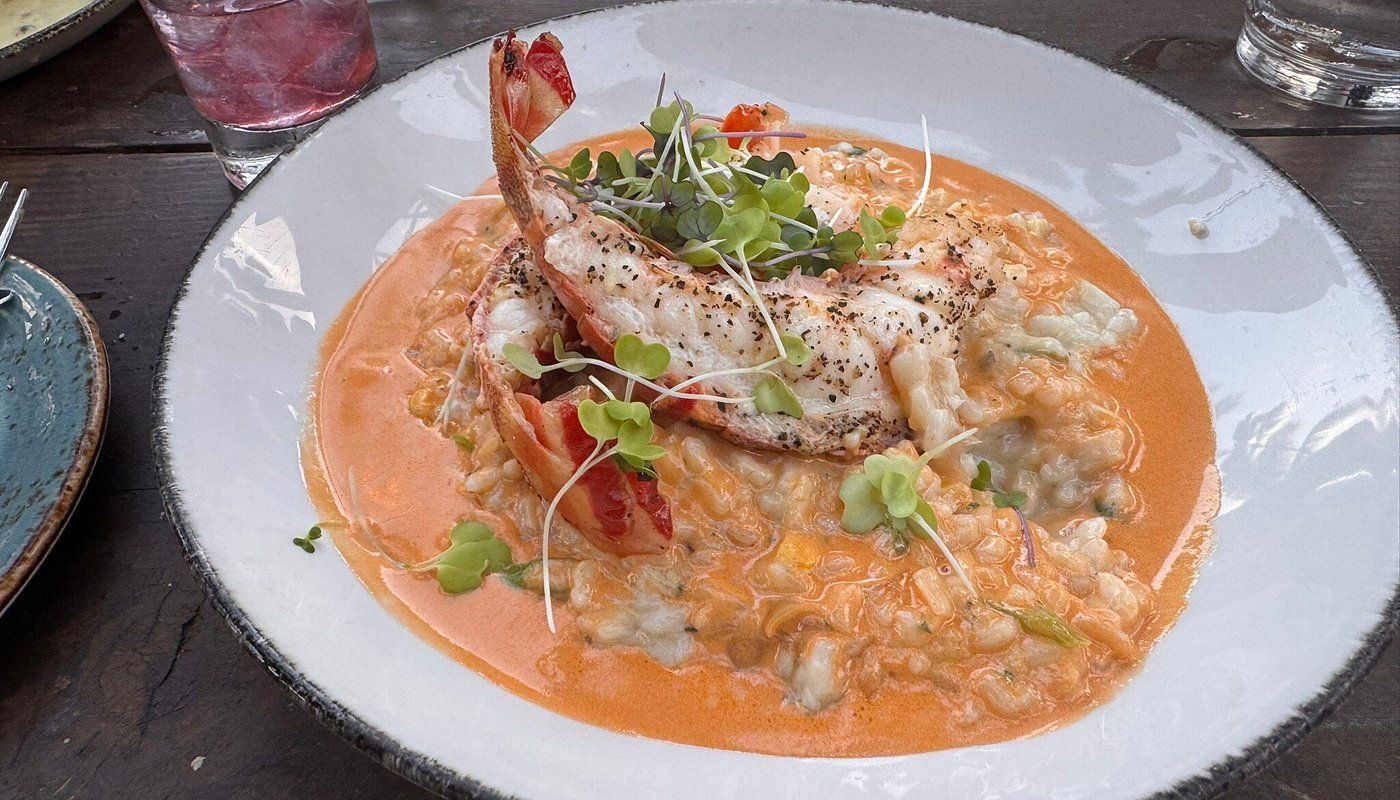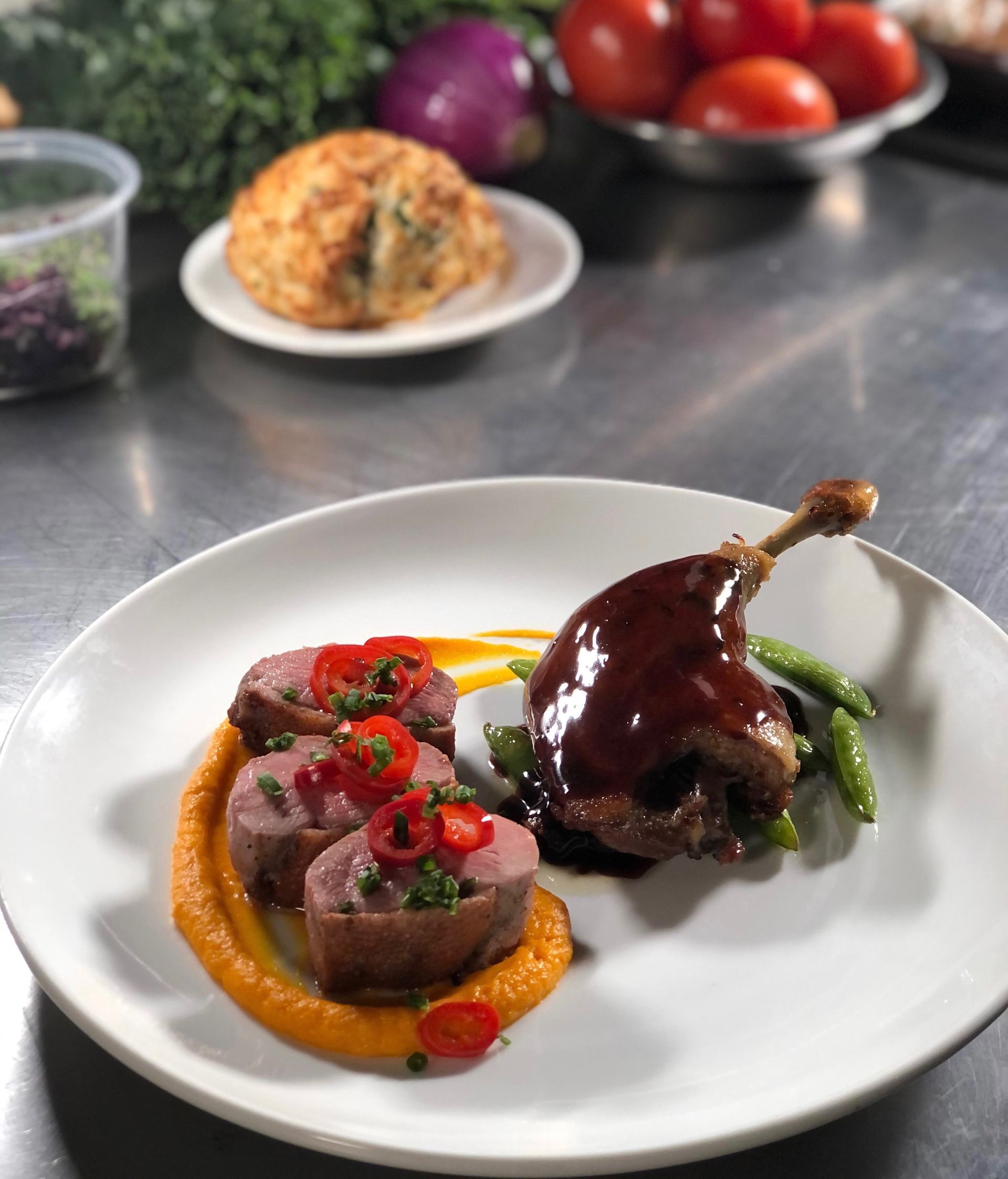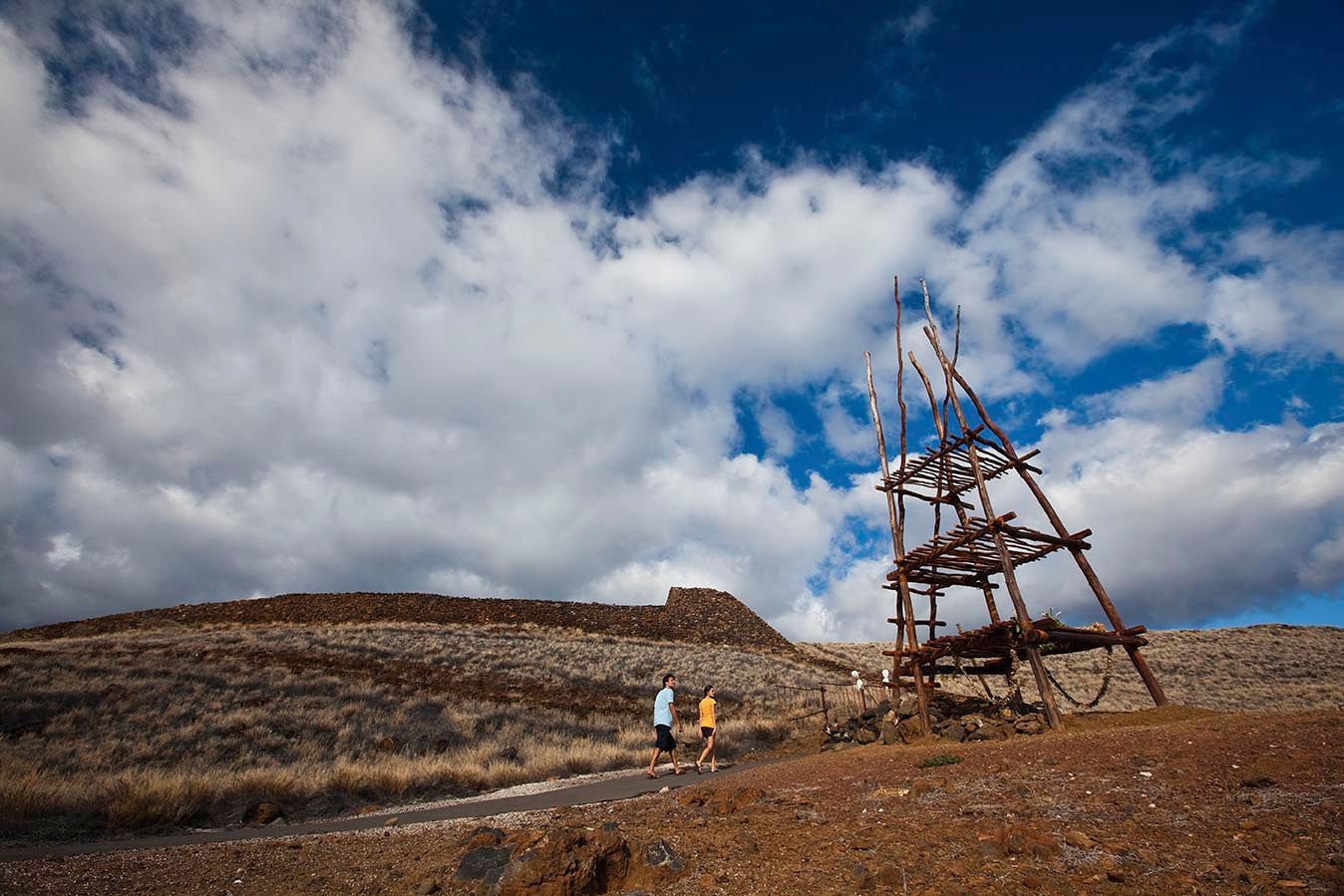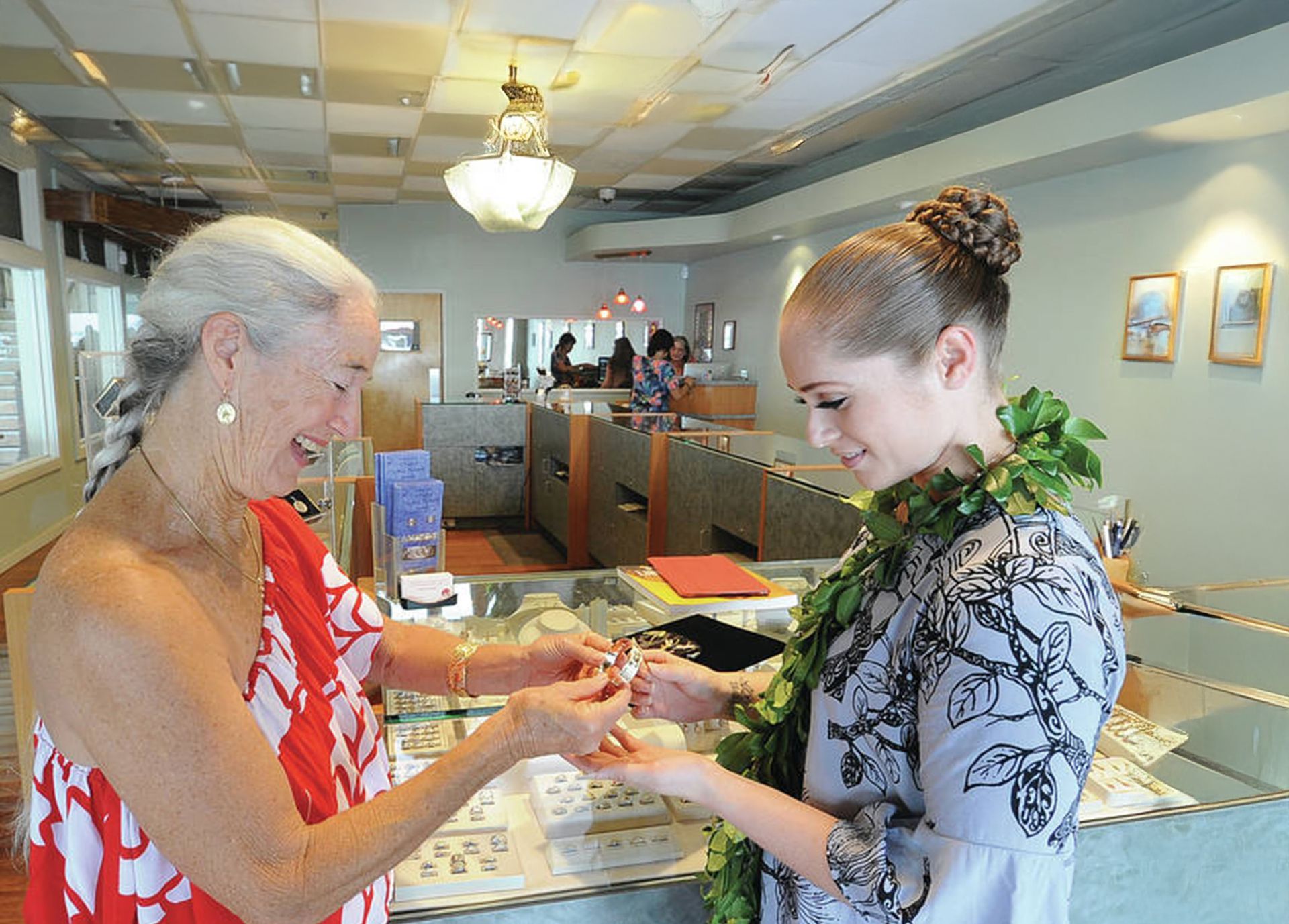A Quick Guide to the Main Hawaiian Gods
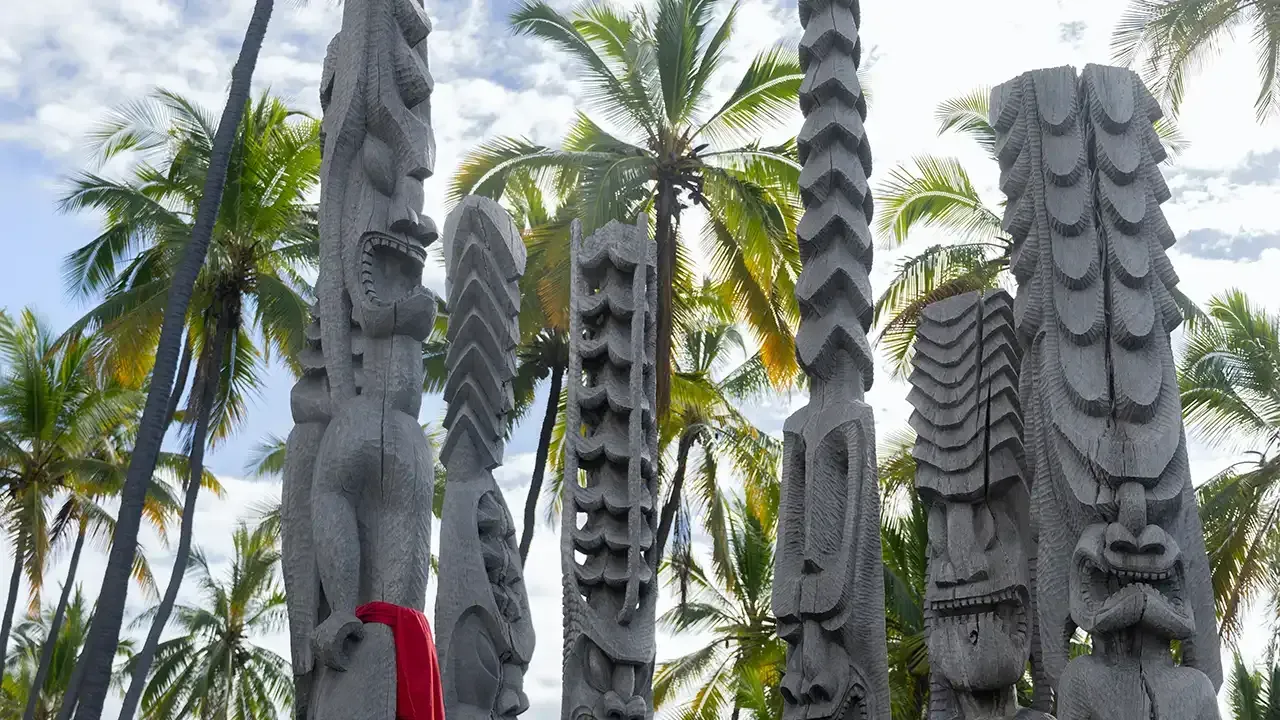
Hawaii is a land steeped in culture and mythology. From the mighty volcano goddess Pele to the mischievous god Laka, the Hawaiian gods and pantheon is full of interesting characters. This blog post will introduce you to some of the most famous gods and goddesses in Hawaiian mythology. We’ll explore their origins and legends, and learn about what they represent in Hawaiian culture. So put on your lei and join us as we journey to the heart of Hawaii’s mythology!
The Origins of Hawaiian Culture
Hawaiian culture is a unique blend of influences from the various cultures that had made Hawaii their home over the centuries. Polynesian settlers were the first to arrive, and their culture had the biggest impact on modern Hawaiian traditions. Polynesian culture is characterized by a strong emphasis on family, community, and spirituality. This is reflected in Hawaiian concepts like “ohana” (family) and “kuleana” (responsibility).
The Native Hawaiians also have their own distinct language, music, dance, and martial arts. In more recent years, other cultures have also left their mark on Hawaii, resulting in a truly multicultural society. Today, Hawaii is home to people from all over the world, each of whom brings their own unique traditions and contributions to the island’s vibrant culture.
The Main Hawaiian Gods
These are 4 of the major Hawaiian gods. While Hawaiian Religion is a conglomeration of many different traditions, beliefs, and gods the common people and chiefs all worshipped 4 main gods.
Kane: The God Of Creation and Sky
He is supposed to be the Hawaiian god of all gods and goddesses.
Kane created Kanaloa (god of the ocean/underworld) to be the opposite of himself and represents darkness while Kane stands for creation and light.
Anytime Hawaiians were attempting to build or create something – whether it is the birth of new people or boats, they would pray and give offerings to Kane.
Kanaloa: God Of The Ocean & Underworld
In Hawaiian mythology, Kanaloa is the god of the underworld and the seas . He is often depicted as a squid or octopus, and his name means “the hidden one.”
According to legend, Kanaloa was once a powerful chief who ruled over the island of Kaua’i. However, he was overthrown by his own brother and banished to the underworld. There, he became the lord of the dead and the ruler of all the oceans.
Although he is sometimes portrayed as a malicious deity, Kanaloa is also associated with healing and fertility.
In fact, many Hawaiian fishermen still invoke his name before going out to sea in hopes of a successful catch. Whether worshipped or feared, Kanaloa remains an important figure in Hawaiian culture and religion.
Lono: Fertility, Peace, & Rain
He is the god of fertility, agriculture, rain, and music. Lono is also associated with voyaging and peace. In some traditions, he is considered to be the husband of Hina.
Lono is often depicted as a long-haired man wearing a feathered cloak. He is also sometimes shown with a staff or rod, which he uses to bring fertility to the land.
The festival of Makahiki, which occurs in the fall, is dedicated to Lono. During this time, war and other hostilities are forbidden. Instead, people focus on peace and giving thanks for the bountiful harvest.
For many Native Hawaiians, Lono is an important part of their culture and heritage.
Ku: Hawaiian God Of War
He is the Hawaiian god of war and other things like politics, farming, and fishing.
He was the only god that required human sacrifices, and humans were sacrificed on his altar.
The Minor Gods of Hawaiian Culture
Because Hawaiian Religion borrows from so many different aspects of Polynesian culture, there are a lot of conflicting interpretations and information on some of the minor gods.
Pele is the Hawaiian goddess of volcanoes and fire. She is said to live in the crater of Kilauea, one of the most active volcanoes on the island of Hawaii. Pele is a fierce and powerful goddess, and she is said to be able to control the lava flows from Kilauea.
When she is angry, it is said that she can cause the volcano to erupt. However, she can also be a force for good, providing warmth and light to those who live on the island. Hawaii is a place of great natural beauty, and it is thanks to goddesses like Pele that it remains one of the most unique places on earth.
Laka is the goddess of the hula – the traditional way of dancing and storytelling. Hula is an interpretive dance made to pass stories on to future generations.
Maui is a Hawaiian god with many different stories and appearances.
In one story, Maui uses his magical fishhook to pull the sun closer to the earth so that it will take longer to travel across the sky. This gave people more time to do things during the day. Maui is also known for turning himself into different animals.
In another story, he turns into a hawk to trick his brothers into giving him their share of the food they caught while fishing. In another story, Maui turns into a catfish to try and save his grandmother from being eaten by an ogre.
Whatever the story, Maui is always shown as a cunning trickster who is able to outwit anyone, even the gods.
Namaka is a goddess of the sea. She is the daughter of Haumea, the goddess of fertility, and Kane Milohai, the god of creation.
Namaka is also the sister of Pele, the goddess of fire. According to legend, Namaka was born from the foam of the waves. She is a beautiful woman with long black hair and dark eyes. She wears a green crown of seaweed and a red hibiscus flower in her hair.
Namaka is a temperamental goddess who is both loving and fierce. She is known for her passion and her quick temper. She is also known for her ability to calm the seas and heal those who are sick. She is powerful and respected by the people of Hawaii.
Hawaiian Cultural Sites
If you are visiting Hawaii and are interested in learning more about the rich cultural traditions, there are a few places you can see and learn about.
PUUHONUA O HONAUNAU National Historical Park
This is the only surviving Pu’uhonua in the Hawaiian Islands, and it’s a fascinating look into ancient Hawaii’s cultural and spiritual beliefs. Ancient Hawaii had no prisons because of its Kapu system. Breaking a law was punishable by death under ancient Hawaii’s Kapu system.
The only option was to run (or swim) for your life to the nearest Pu’uhonua (place of refuge). If you made it, a high priest would pardon you and allow you to go home. Each district had its own Pu’uhonua. They were regarded as “off limits” during wartime and they were used to keep children and the elderly.
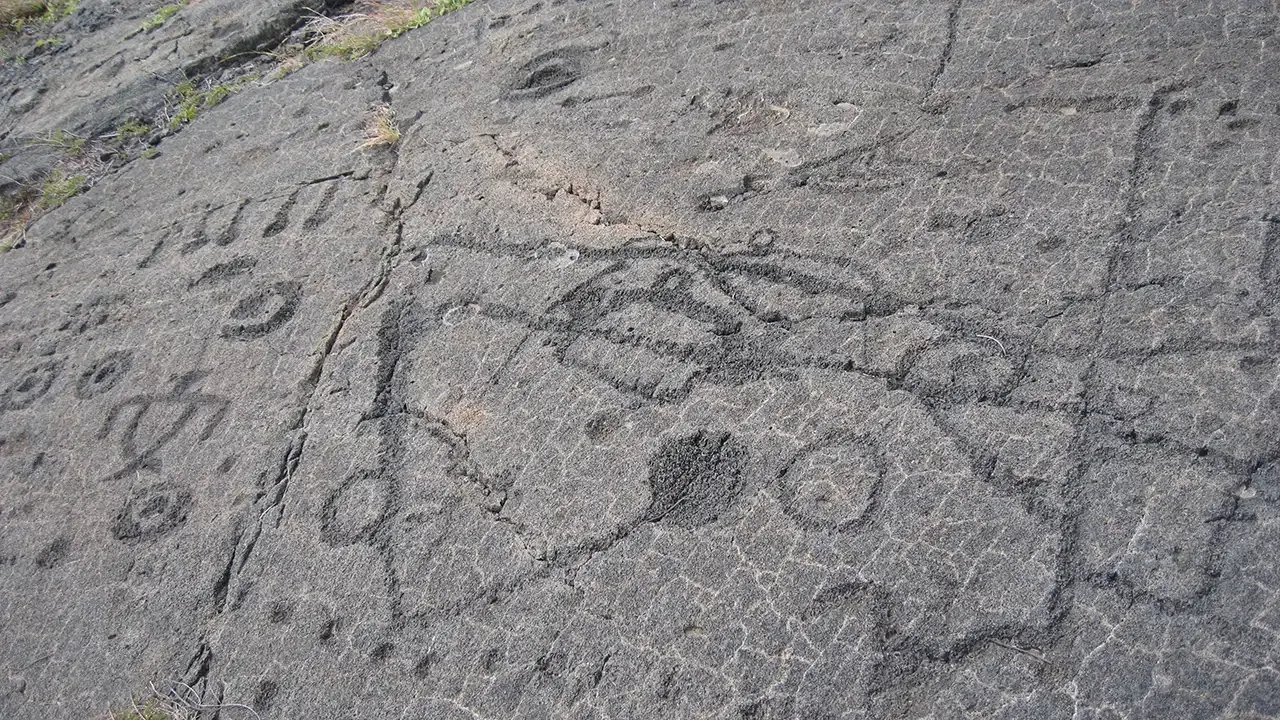
The Hawaiian Petroglyphs
Hawaiian petroglyphs are a type of rock art that was created by the ancient Hawaiians. These images were carved into lava rocks using sharp tools, and they typically depict human figures, animals, or other natural objects. Hawaiian petroglyphs have been found on all of the major Hawaiian islands, and they are thought to date back to the early 1400s.
While the meaning of these images is not always clear, they are believed to be connected to Hawaiian religious beliefs. In particular, many of the images seem to depict scenes from Hawaiian mythology, such as the story of the demigod Maui. As such, Hawaiian petroglyphs provide a valuable window into the religious beliefs of the ancient Hawaiians.
Places to visit Hawaiian Petroglyphs:
- Na Ki’i Pohaku
- Hawaii Volcanoes National Park (Chain Of Craters Road)
- Kahalu’u Bay near Kailua-Kona
- Ka’upulehu near the Kona Village Resort
- Kaloko-Honokohau National Historical Park
- Puako Petroglyph Archeological Preserve in South Kohala
There are also many more sites to look at these petroglyphs, but these are a few of the most popular.
Visit Hawaii and Learn More About Culture, Tradition, and Legends
At the end of the day, it’s hard to cover every part of Hawaiian tradition and culture . It’s a huge mixture of many different cultures, religions, and values that is hard to find anywhere else.
From the food to the music, to the way of life, there are many aspects of Hawaiian culture that make it unique. While some of these traditions have been lost over time, others remain strong and are an important part of Hawaiian life. For visitors to Hawaii, taking the time to learn about and experience Hawaiian culture can be a truly enriching experience.
Frequently Asked Questions About Hawaiian Gods And Goddesses
What role do Hawaiian gods play in modern Hawaiian culture?
Hawaiian gods continue to play a significant role in modern Hawaiian culture, influencing various aspects of life, including art, music, and festivals. Many locals still honor these deities through traditional practices, storytelling, and cultural events. For instance, festivals like Makahiki celebrate Lono, the god of fertility and peace, emphasizing community and gratitude. The reverence for these gods reflects a deep connection to Hawaiian identity and heritage, showcasing how ancient beliefs persist in contemporary society.
How can visitors learn about Hawaiian mythology?
Visitors can immerse themselves in Hawaiian mythology through various cultural experiences, such as guided tours, hula performances, and storytelling sessions. Many cultural centers and museums across the islands offer educational programs that delve into the legends and significance of Hawaiian gods. Additionally, attending local festivals and events provides firsthand insight into how these myths are celebrated and integrated into daily life. Engaging with local communities can enhance understanding and appreciation of this rich cultural heritage.
Are there any specific rituals associated with Hawaiian gods?
Yes, various rituals are associated with Hawaiian gods, often involving offerings, prayers, and ceremonies. For example, offerings to Kane, the god of creation, might include food or flowers during significant life events like births or new ventures. Similarly, fishermen may invoke Kanaloa's name before heading out to sea for a successful catch. These rituals serve to honor the gods and seek their blessings, reflecting the deep spiritual connection that Hawaiians maintain with their deities.
What is the significance of the Puʻuhonua o Hōnaunau National Historical Park?
The Puʻuhonua o Hōnaunau National Historical Park is a vital cultural site that represents a place of refuge in ancient Hawaii. It was a sanctuary for those who broke the Kapu laws, allowing them to seek forgiveness and return to their communities. The park preserves the history and spiritual beliefs of the Hawaiian people, showcasing traditional structures and practices. Visiting this site offers insight into the ancient Hawaiian way of life and the importance of forgiveness and community.
How do Hawaiian petroglyphs relate to mythology?
Hawaiian petroglyphs are ancient rock carvings that often depict scenes from Hawaiian mythology, including figures of gods, animals, and human activities. These carvings serve as a historical record of the beliefs and stories that shaped Hawaiian culture. Many petroglyphs are thought to represent significant events or deities, providing a visual connection to the myths that have been passed down through generations. They are an essential part of understanding the spiritual and cultural landscape of ancient Hawaii.
What are some common themes in Hawaiian mythology?
Common themes in Hawaiian mythology include creation, nature, and the duality of good and evil. Many stories explore the relationships between gods and humans, emphasizing the importance of balance and respect for nature. Deities like Pele, the goddess of fire, and Kanaloa, the god of the ocean, embody these themes, representing both destructive and nurturing forces. These narratives often convey moral lessons and cultural values, reflecting the deep connection Hawaiians have with their environment and spiritual beliefs.

